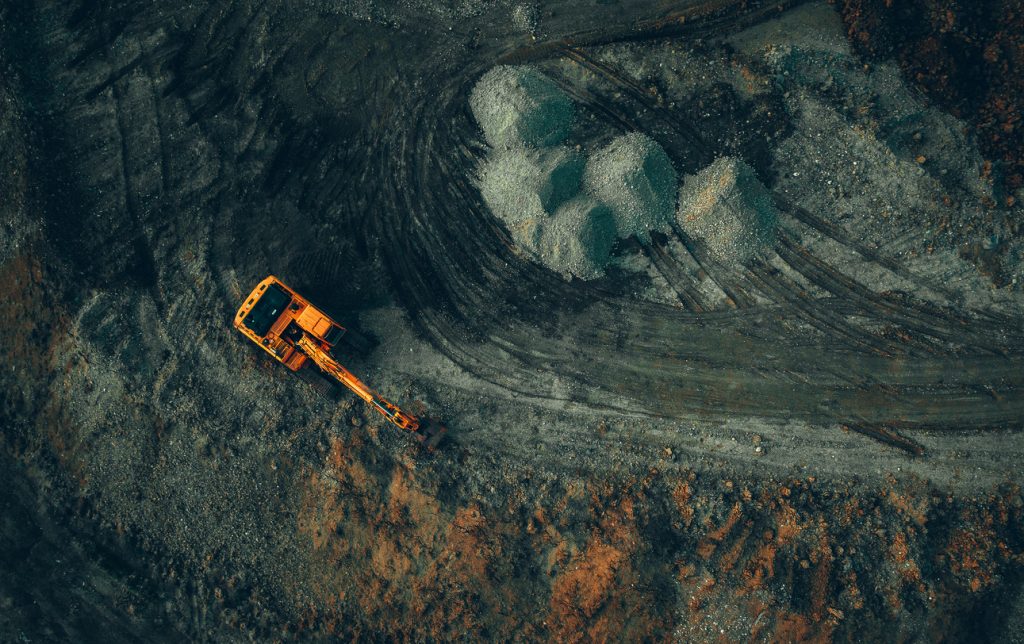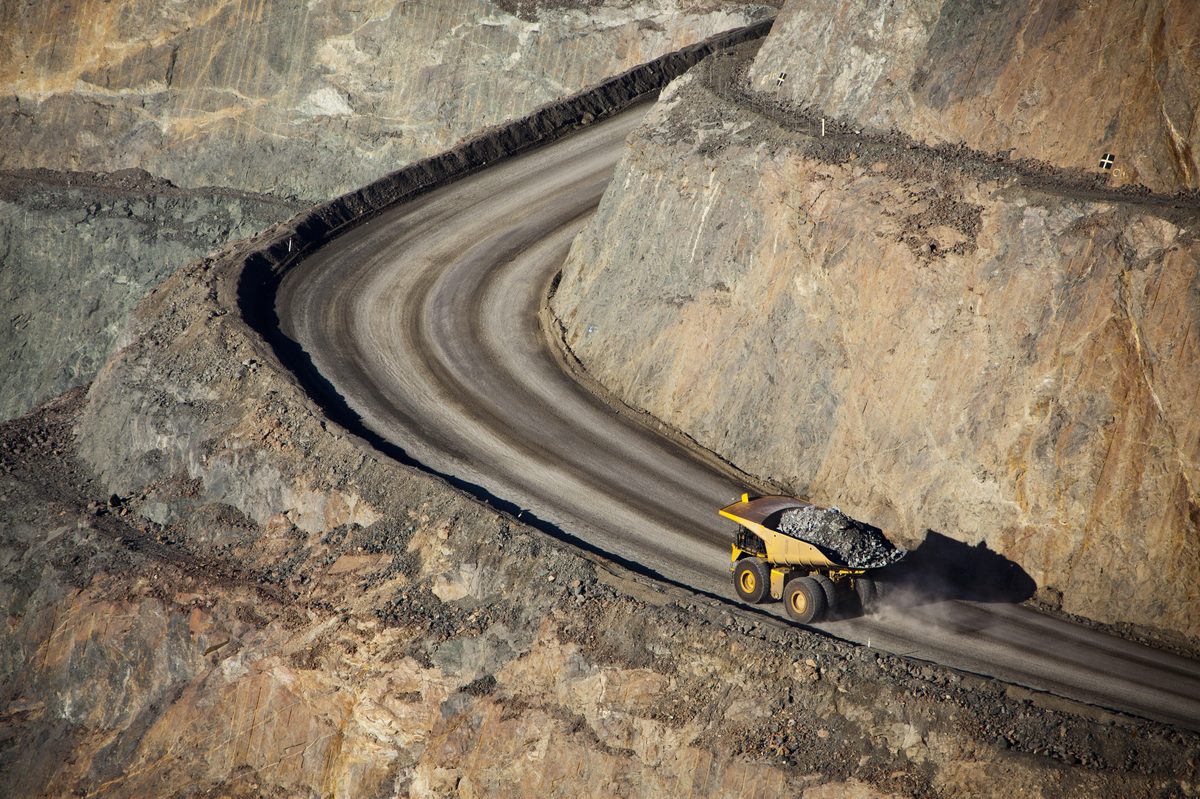Studies show: There are enough critical minerals worldwide for the energy transition – but they must be made accessible and processed for industry. However, new mining projects take many years to implement and often fail due to resistance from the population because of environmental concerns.
In the coming decades, numerous countries around the globe want to greatly reduce greenhouse gas emissions in order to achieve their respective climate goals. As investments in green energy grow, the demand for raw materials also increases. Rare earth metals such as neodymium and praseodymium, for example, are needed for electric vehicles and wind turbines, and lithium and cobalt for battery production. Metals such as silicon and indium are used in solar cells. China is the world market leader in the mining and processing of many of these materials – but in view of growing geopolitical tensions, the USA, the EU and other Western countries want to reduce their dependence on imports.
The issue of securing raw materials has therefore long since moved up the political agenda. Entire industries are calling for better supplies of critical minerals in order to cope with the energy transition. Because of the expected increase in demand, studies such as that of the KU Leuven in Belgium are already forecasting supply bottlenecks in the next few years. Compared to current consumption, Europe will need 35 times more lithium to achieve its goal of climate neutrality by 2050, and seven to 26 times more rare earth metals. Market research firm Adamas Intelligence has calculated an 8.6 percent annual increase in global demand for neodymium-iron-boron magnets through 2035, supported by double-digit growth in the electric vehicle and wind energy sectors.
Many geological raw material deposits still unexploited
This often gives the impression that there are not enough raw material reserves to fight climate change. However, there is not a lack of sufficient deposits – the problem lies rather in their availability.
Estimates by the U.S. Geological Survey (PDF) currently put global rare earth reserves at 130 million metric tons, and some of the largest deposits have hardly been mined, especially in Vietnam, Brazil and Russia. A study by the Breakthrough Institute, a U.S. environmental research center, which is currently widely cited in the media, also concludes that there are sufficient geological reserves to switch to renewable energies and to limit global warming. This did not take into account the need for energy storage technologies such as batteries. However, mining production would need to increase significantly – namely for dysprosium, neodymium, polysilicon and tellurium – to keep pace with rapidly growing demand for future green power generation and use.
A report by the Energy Futures Lab and the UK Energy Research Centre comes to similar conclusions. According to the report, raw materials such as lithium, cobalt, tellurium and copper are available in significant quantities – yet difficulties with access, processing or recycling could jeopardize emissions targets. The global energy revolution is progressing faster than the number of mining projects to extract the necessary metals, according to the KU Leuven study cited above. Europe could cover most of its raw material requirements from 2040 onward through recycling – provided the appropriate investments are made – but increasing quantities of primary raw materials would be needed until then.

Photo: iStock/Denis Shevchuk
Environmental concerns and bureaucracy biggest obstacles to mining projects
Environmental concerns and massive resistance from local residents often stand in the way of such projects. Despite – or perhaps because of – centuries of mining tradition in many European regions, there is not a single rare earth mine there to date, although deposits of these and other critical minerals have been proven. As we reported, projects in Matamulas, Spain, and Norra Kärr, Sweden, for example, have been on hold for years.
But even regardless of this, new mines need a long lead time, as experience shows that the various phases such as exploration and planning and permitting procedures take many years. For example, ten to 15 years are also expected before the possible start of commercial mining in Kiruna in northern Sweden, where the recent news of a huge rare earth discovery made global headlines. In addition to these already significant challenges facing the mining sector, there is a shortage of skilled labor (we reported).
Whether and how quickly the growing awareness of the raw materials problem associated with the energy transition will lead to a rethink is not yet clear. Recently, for example, Sweden’s Minister for Economic Affairs and Energy Ebba Busch spoke out in favor of increased use of domestic mineral resources, despite possible environmental concerns, in order to strengthen the EU’s independence from raw materials. A new key issues paper (PDF) from the German Ministry of Economics also mentions domestic mining as a source of raw materials, along with more recycling, stockpiling and new trade partnerships. It is preferable to imports “if it leads to better environmental and social standards and strengthens the resilience of supply chains.” To this end, the German government wants amongst other things to modernize mining law.
Responsible mining
Other countries are already further ahead. Canada’s government, for example, is working on significantly shorter approval procedures for new mines (we reported). Australia, rich in mineral resources, has been investing in its critical minerals industry for years and is establishing itself as a raw material alternative to China. However, resistance from environmentalists and local residents is not unknown there either. In Canada’s new raw materials strategy (PDF), for example, the protection and preservation of the environment and the rights of the indigenous population are given high priority.
Another finding of the Breakthrough Institute study could provide new food for thought. Even if the environmental impact of raw material production, which would be necessary to switch to clean power generation, is not negligible, the authors at least estimate the effect on the climate as “marginal. More mining would increase CO2 pollution, author Zeke Hausfather told ABC News, but the significantly reduced use of fossil fuels, made possible by extracting the raw material resources, would “more than compensate” for those emissions again.
Photo: iStock/jasonbennee


